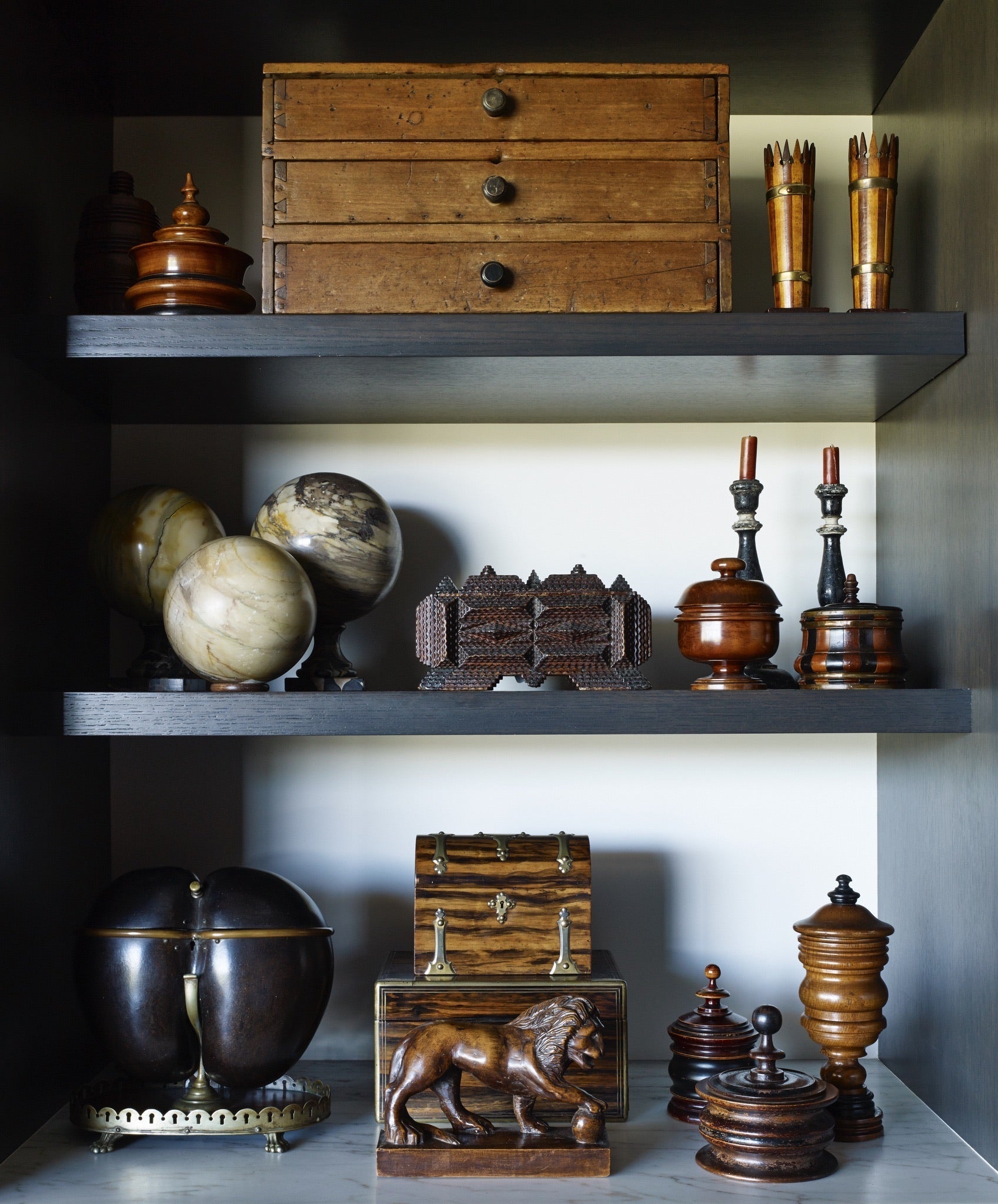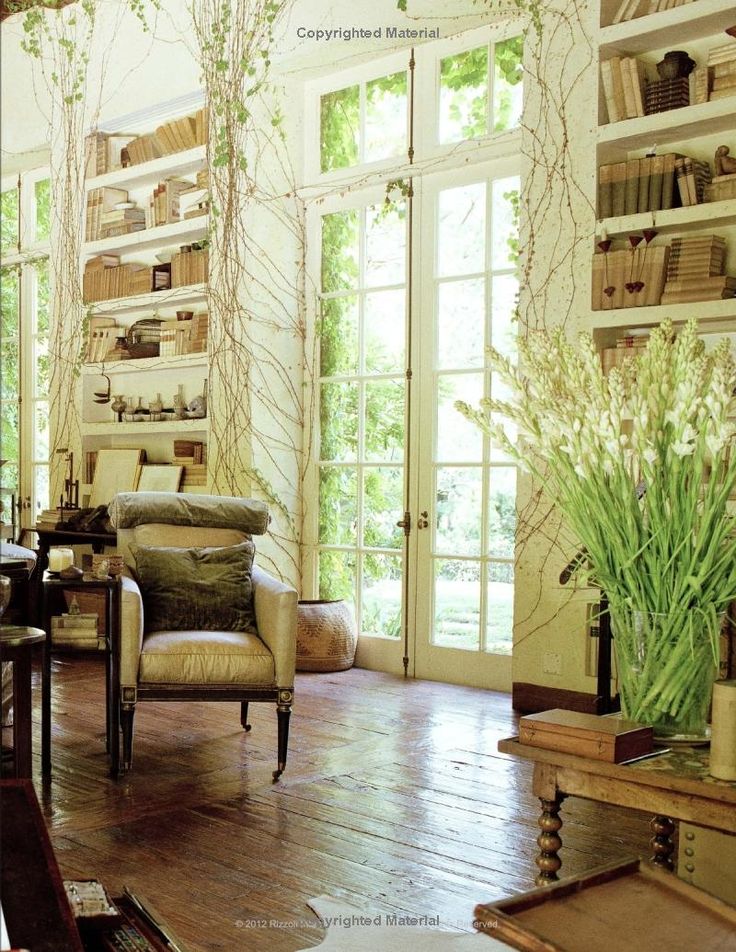WABI-SABI: Age is Beauty

There is no argument that antique furnishings bring a level of experience, knowledge and sophistication into our homes. They take us to a different time and place. They bring culture into our homes that we may have never have otherwise experienced. Furthermore, the patina from age humbles that experience, adding texture to an environment and a sense of comfort and familiarity, as would the smile of a favorite aunt, uncle or grandparent.
Wabi-sabi enthusiasts embrace patina of antique furnishings to an even greater extent. They not only appreciate the natural aging process, but they also embrace the imperfections that incur with age as beauty. They often consider imperfect objects in their pure and natural state as an art form and effectively incorporate them into eclectic, modern interiors.
Wabi-sabi is a concept that originated in Japan that is based on simplicity, honesty and above all else values the beauty of imperfection. While there is no literal translation, the term Wabi-sabi can be broken down into two distinct roots, “wa”, which refers to peace, harmony and balance, and “sabi” which refers to the natural, on-going movement of time.
As Ben Waver at The London list points out, “Wabi-sabi transcends trends and conventional design movements. It isn’t bound up in any one aesthetic, and is, accordingly, universally applicable across the world of design. Fundamentally, Wabi-sabi is not a style, fad or fast-fashion trend, it is not defined by specific design details, colors or accents to invest in or disregard — it’s a way of life that’s about recognizing, accepting and embracing imperfectness; arguably, it consciously advocates simplicity and authenticity.”
He suggests that design enthusiasts who want to embrace Wabi-sabi should turn to nature as their main source of inspiration and appreciate materials in their honest, pure form avoiding synthetic imitations which, even putting questions of sustainability aside, never come close in terms of character. “In doing so the key is to accept that such materials are often unique with imperfections and never identical.”
In closing, keep in mind that there is no singular or perfect Wabi-sabi “look”. It would be a contradiction to the philosophy behind Wabi-sabi, which wholeheartedly embraces imperfections. “If an object, with its imperfections, can provoke a feeling of serene melancholy and spiritual longing, then that object can be considered Wabi-sabi,” explains Andrew Juniper in Wabi Sabi: The Japanese Art of Impermanence.

Although Wabi-sabi is a concept from Japan, you can experience “A Journey Through Japanese Kagu”at Studio Balestra located in courtyard behind my showroom in Los Angeles.





